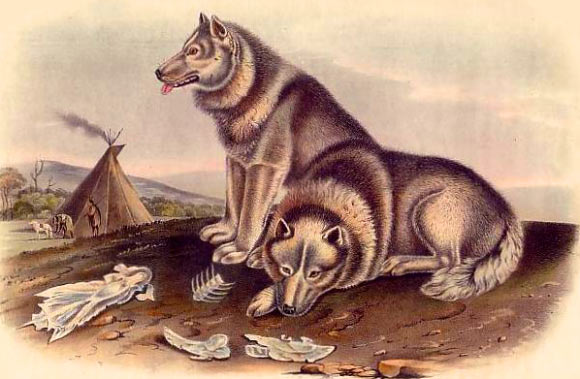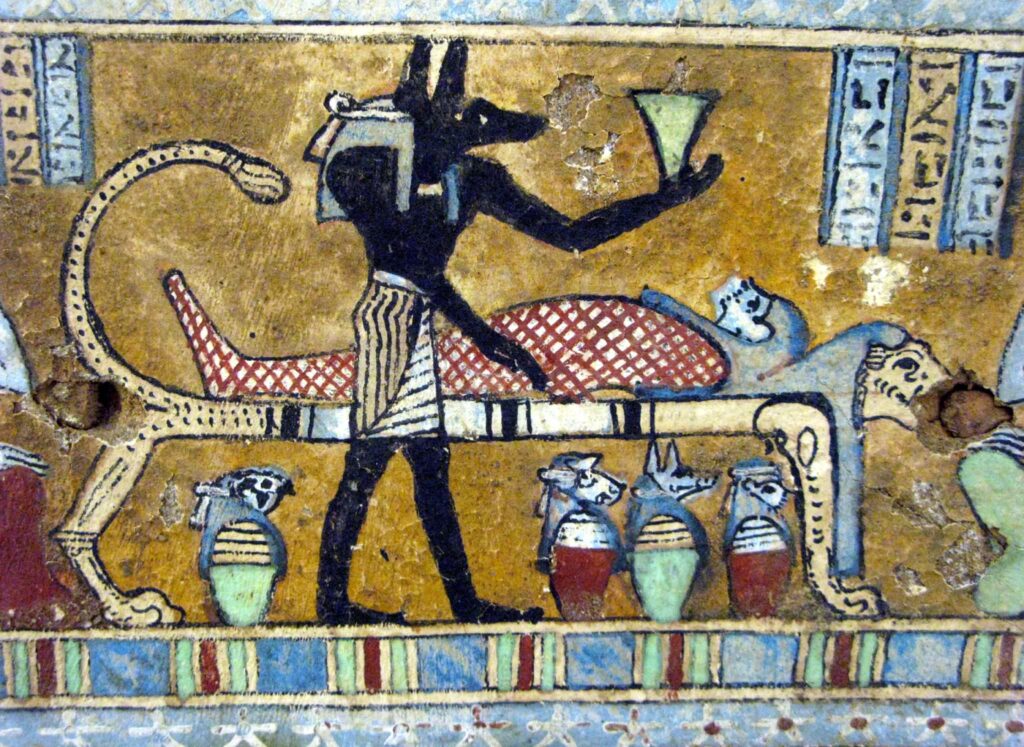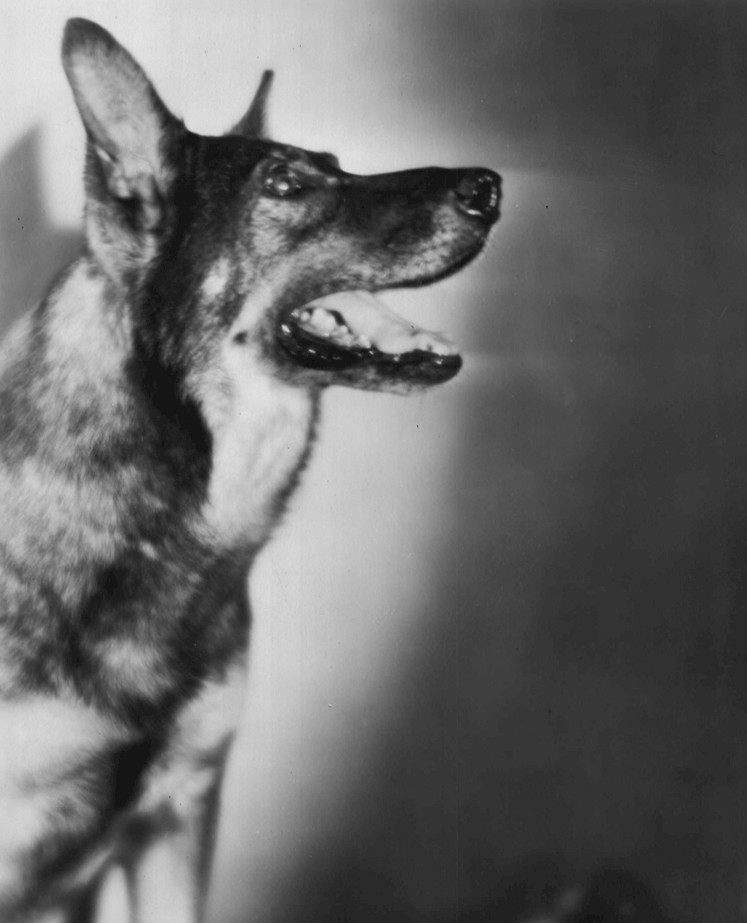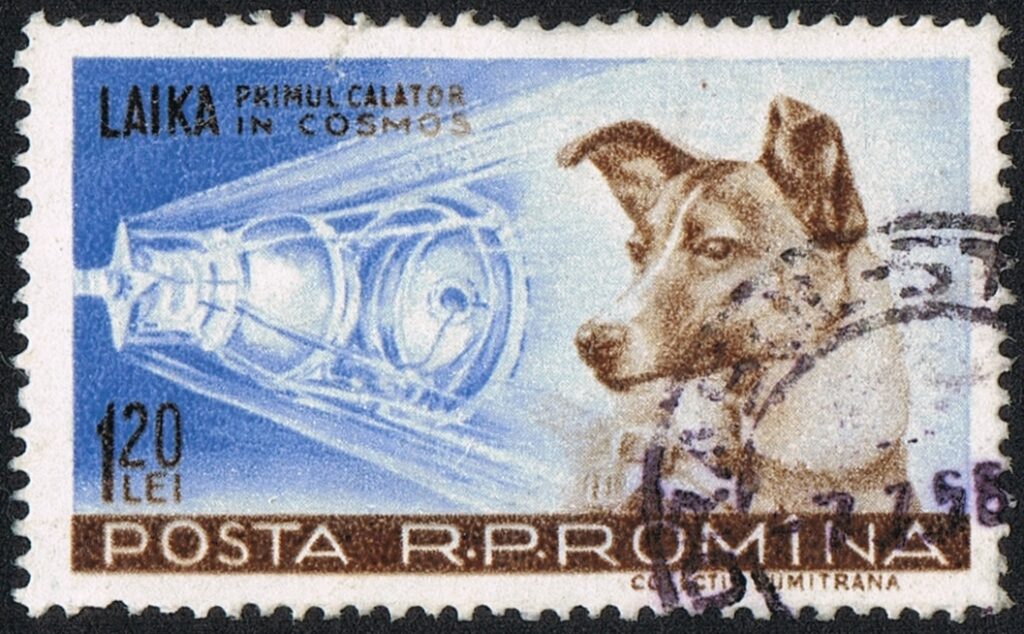Dogs, often referred to as “man’s best friend,” have shared a long and intricate history with humans.
Their journey from wild predators to beloved pets is filled with fascinating tales and surprising facts.
Here, we delve into ten surprising historical facts about dogs that highlight their unique bond with humans and their significant roles throughout history.
The Domestication of Dogs Began Over 15,000 Years Ago
Dogs were the first animals to be domesticated by humans, with evidence suggesting this relationship began over 15,000 years ago.
Archaeological findings indicate that early humans and wolves formed mutually beneficial relationships, with wolves helping to hunt and guard in exchange for food.

Over generations, these wolves evolved into the domesticated dogs we know today.
Ancient Egyptians and Their Reverence for Dogs
In ancient Egypt, dogs held a place of high regard and were often associated with the gods.
Anubis, the god of the afterlife, was depicted with the head of a jackal, a wild canine.

Dogs were also mummified and buried with their owners to accompany them in the afterlife.
The ancient Egyptians even had a dog cemetery, showing the depth of their bond with these animals.
Dogs in Ancient Greece and Rome
In ancient Greece, dogs were not only pets but also symbols of loyalty and protection.
The Greeks revered their dogs and often depicted them in art and literature.

The famous Greek philosopher Plato once said, “A dog has the soul of a philosopher.”
In Rome, dogs were used for various purposes, including hunting, guarding, and even in military campaigns. The Roman legions used large breeds like the Molossus to intimidate enemies and guard camps.
The Role of Dogs in Medieval Europe
During the medieval period in Europe, dogs were indispensable in everyday life.
They were used for hunting, herding, and guarding properties.

Noble families often kept hounds and greyhounds for hunting, and these dogs were highly valued.
The loyalty and bravery of dogs were also celebrated in medieval literature and folklore.
Dogs and the Black Plague
One lesser-known fact about dogs in history is their role during the Black Plague in the 14th century.
Dogs, along with cats, were initially blamed for spreading the disease and were killed in large numbers.
However, it was later understood that the plague was spread by fleas on rats.
This tragic misunderstanding led to a significant reduction in the dog population in Europe during this time.
The Evolution of Breeds in the Victorian Era
The Victorian era saw a surge in the breeding and classification of dogs. This period was marked by an obsession with creating new dog breeds with specific traits.
The Kennel Club, the first official organization dedicated to dog breeds, was founded in 1873 in England.
This era gave rise to many breeds that are popular today, including the Bulldog, the Scottish Terrier, and the Collie.
Dogs in War
Dogs have played crucial roles in various wars throughout history.
During World War I and World War II, dogs were used for a multitude of purposes, including delivering messages, detecting mines, and providing companionship to soldiers.

Rin Tin Tin, a famous German Shepherd, was rescued from a World War I battlefield and went on to become one of the first canine film stars.
The First Guide Dogs
The concept of guide dogs for the visually impaired began after World War I. German Shepherds were trained to assist veterans who had lost their sight during the war.
The success of these early programs led to the establishment of guide dog training schools in Germany and eventually around the world.
Today, guide dogs provide invaluable assistance and companionship to people with visual impairments.
Dogs in Space
In the mid-20th century, dogs played a significant role in space exploration. The Soviet Union sent several dogs into space to test the safety and feasibility of human space travel.

The most famous of these canine astronauts was Laika, a stray dog who became the first animal to orbit the Earth in 1957 aboard Sputnik 2.
Although Laika did not survive the mission, her contribution to space exploration is remembered as a milestone in the history of space travel.
Dogs and Modern Science
In recent years, dogs have continued to contribute to scientific advancements.
Their keen sense of smell has been utilized in medical research, with dogs being trained to detect certain types of cancer, diabetes, and even early signs of epileptic seizures.
Furthermore, studies on dog behavior and genetics have provided insights into human psychology and genetics, highlighting the deep and complex relationship between humans and dogs.

